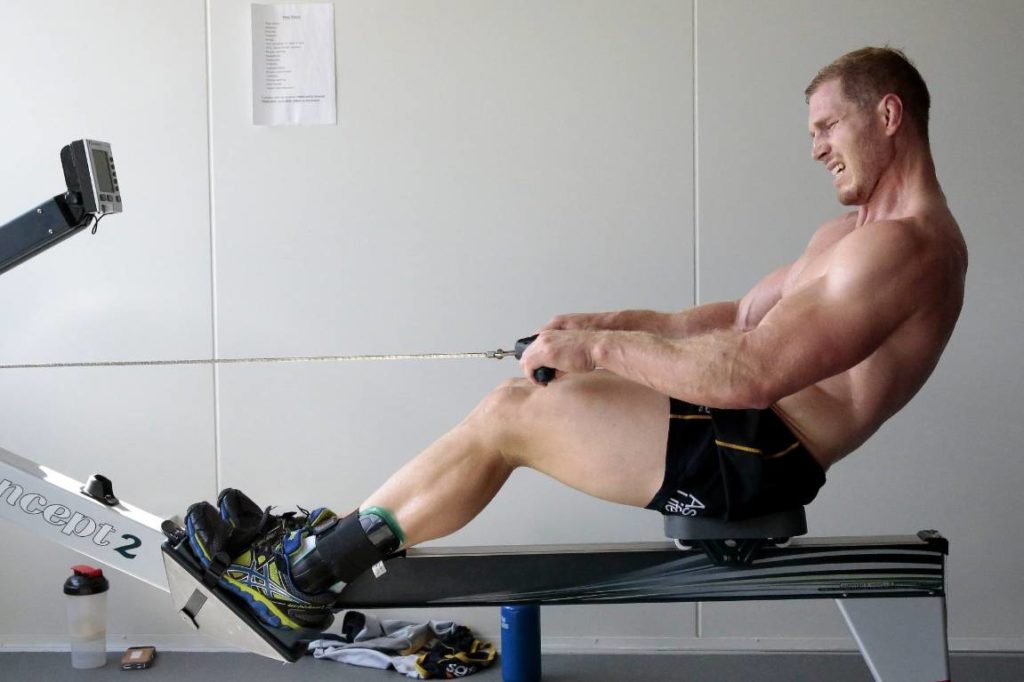Rugby fitness, strength and conditioning
This section caters for coaches, players and strength and conditioning trainers that are looking for rugby related strength, fitness, group fitness and conditioning workouts, drills, plans, tips and advice.
The focus of this page is on physical conditioning, which relates closely to the mental conditioning aspects of the game. You can also follow this link to read our rugby strapping guide and learn how taping a player correctly can help with fitness conditioning.

Why is rugby conditioning needed?
Rugby is at it’s essence about competing to win. And the most memorable games are decided in the final minutes, in what can look like a stroke of luck, the bounce of the ball or a referee decision.
However, rugby experts would argue it’s the mental and physical conditioning of the team that helps a team successfully claw their way out of that dark place during the last moments of a match.
Since rugby turned professional in 1995, rugby player load has ramped up substantially. Added to this, rugby union players have become faster, bigger, more powerful and explosive.
As such, having a tailored physical conditioning program for rugby (and ideally your rugby position) is a must have.
A complete rugby workout plan typically includes:
- pre-season conditioning
- in-season conditioning
- post-season conditioning
Ultimately, following a player workout program helps players improve their on field performance whilst also reducing the risk of injuries.
Most rugby players will have limited access to a rugby specific fitness trainer, or strength and conditioning coach. This means you will have to DIY or find a trainer that can help build your conditioning.
Rugby infographic: Dan Carter
The infographic below, albeit slightly dated, compares the size and weight of Dan Carter in the professional era with historical All Blacks first fives from the amateur era. At 94KG in 2013, DC was a whopping 30KGs more than Billy Stead weighed in 1905, yet only 5cm taller.

Fitness, strength and conditioning options
Most rugby fitness, strength and conditioning programs cover the following areas such as the following:
- strength
- power
- speed
- agility
- fitness
- body size
- weight
- explosiveness
- flexibility
